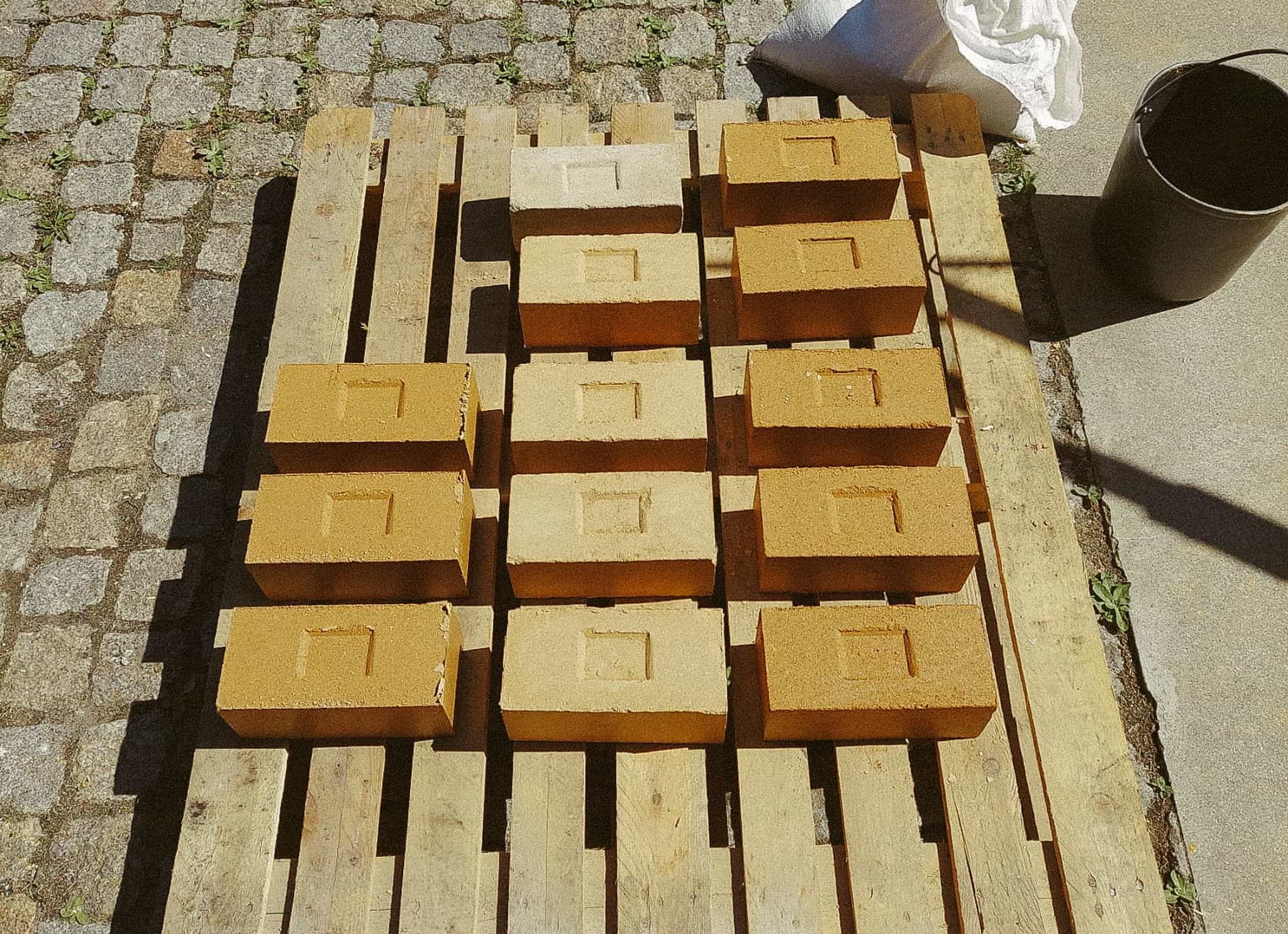
In the dynamic world of architecture and construction, innovation is key to creating structures that are not only aesthetically pleasing but also sustainable and efficient. In this journal entry, we explore two fascinating aspects of contemporary construction – the use of robotics in building workshops and the sustainable earth construction techniques championed by Ana Antunes.
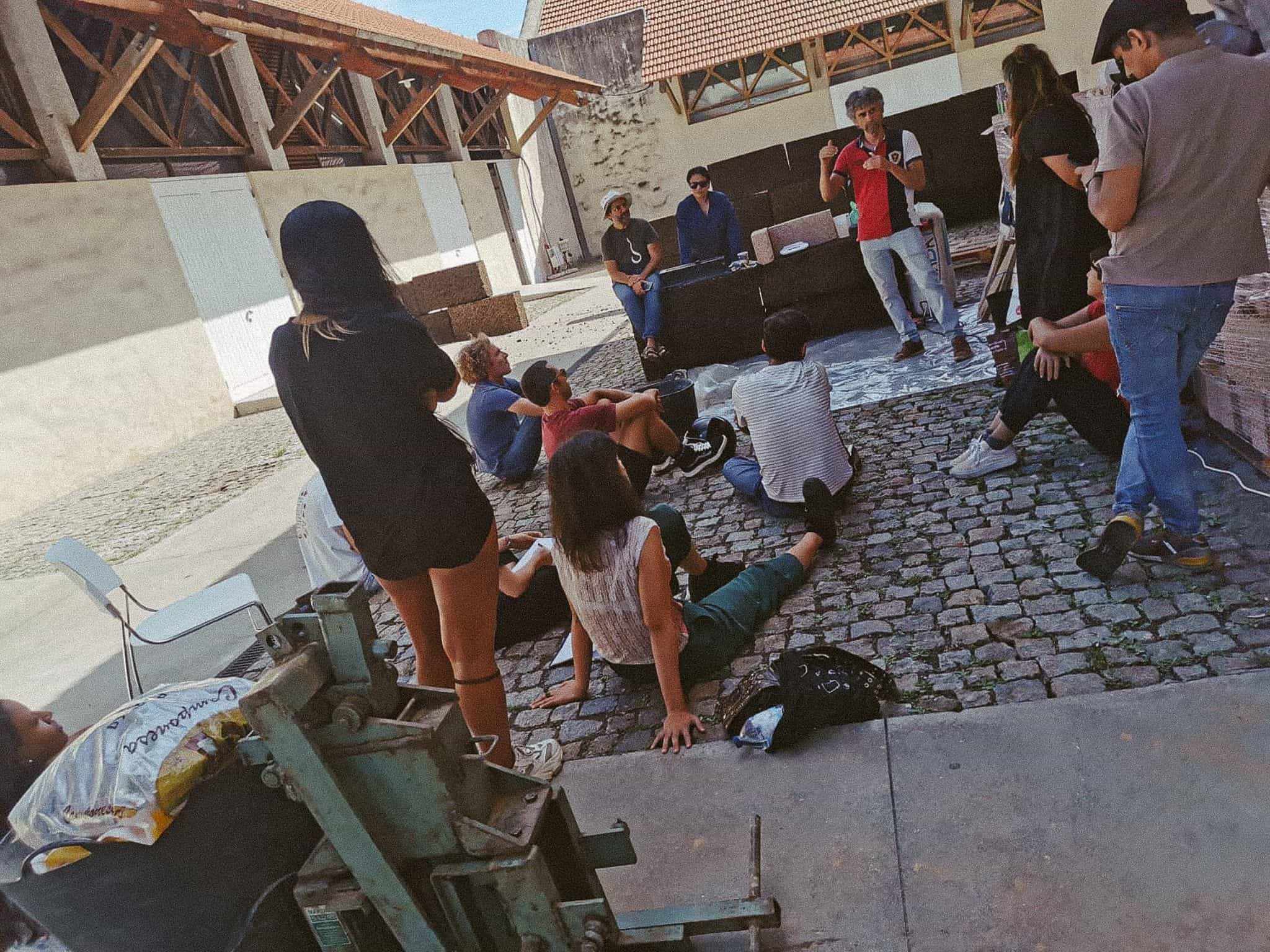
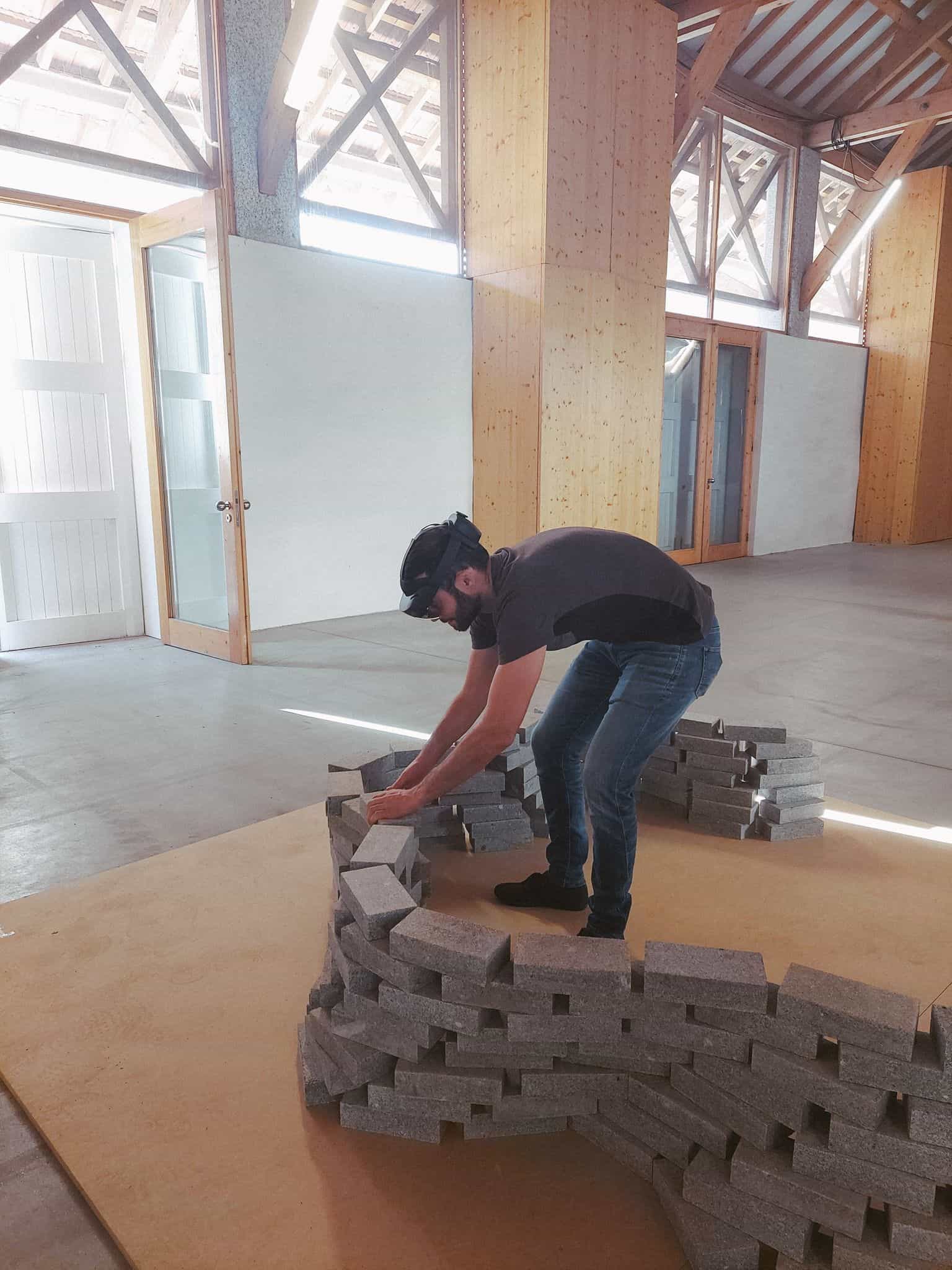

Build Workshops at Casa da Arquitetura
Digital Imperfections – Part 1
Casa da Arquitetura stands at the forefront of incorporating robotics into construction processes. The primary focus is on leveraging robotics to enhance various aspects of construction, including cost-effectiveness, time efficiency, precision, and reduced dependency on human resources.

1. Cost and Time Efficiency
Robotic construction offers a promising solution to reduce overall project costs and timelines.
Automation streamlines tasks, making construction processes more resource-efficient.
2. Precision
The use of robotics ensures a high level of precision in construction, minimizing errors and maximizing the quality of the final product.
3. Less Human Resources
Robotics reduces the reliance on traditional labor, potentially addressing challenges related to workforce availability and skill shortages.
SOFTWARE
- Grasshopper
- Rhinoceros
- Fologram
HARDWARE
- 3D Glasses
Human Resources
The workshops at Casa da Arquitetura actively involve students, providing them with hands-on experience and exposure to cutting-edge construction technologies.
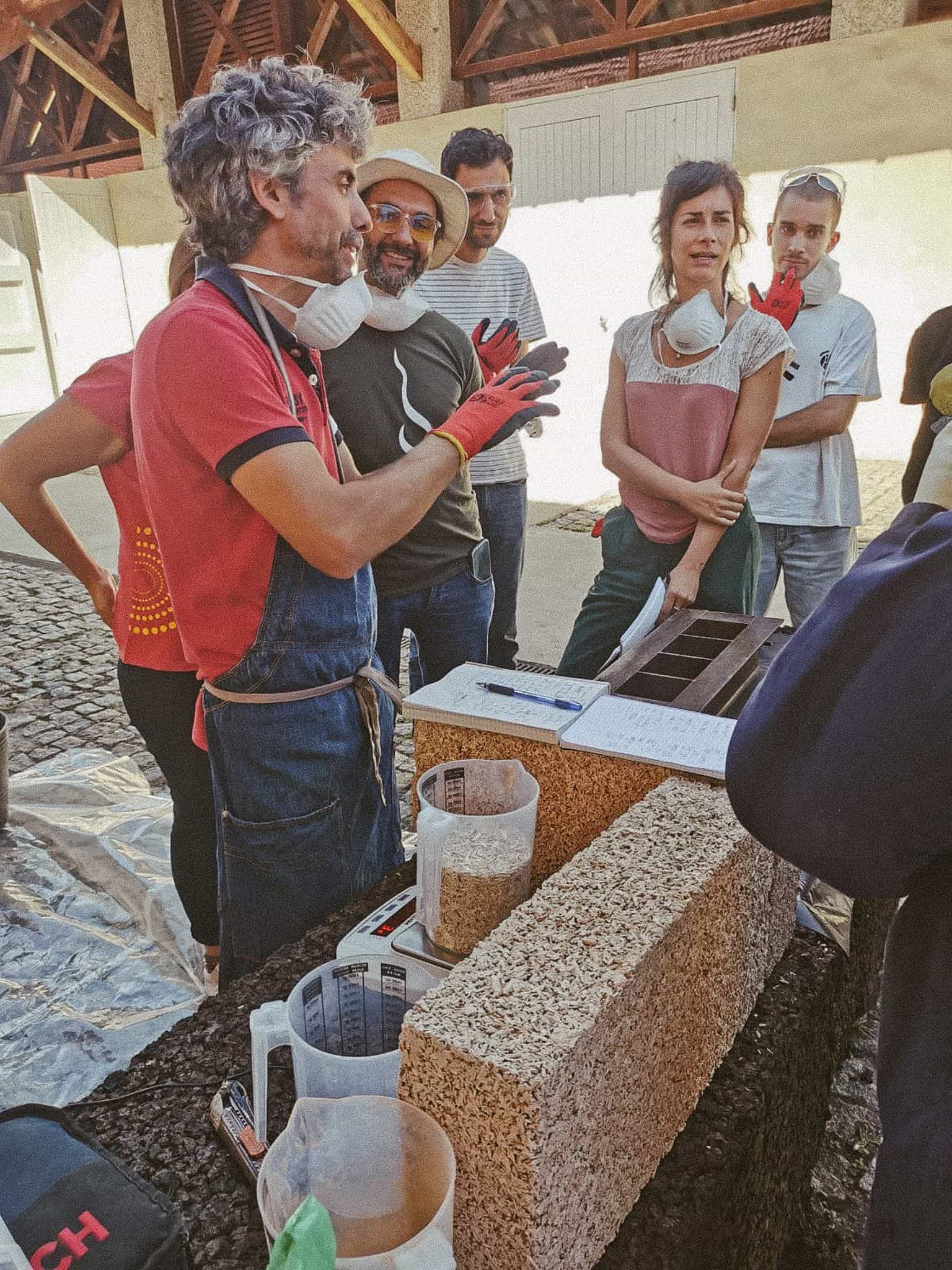

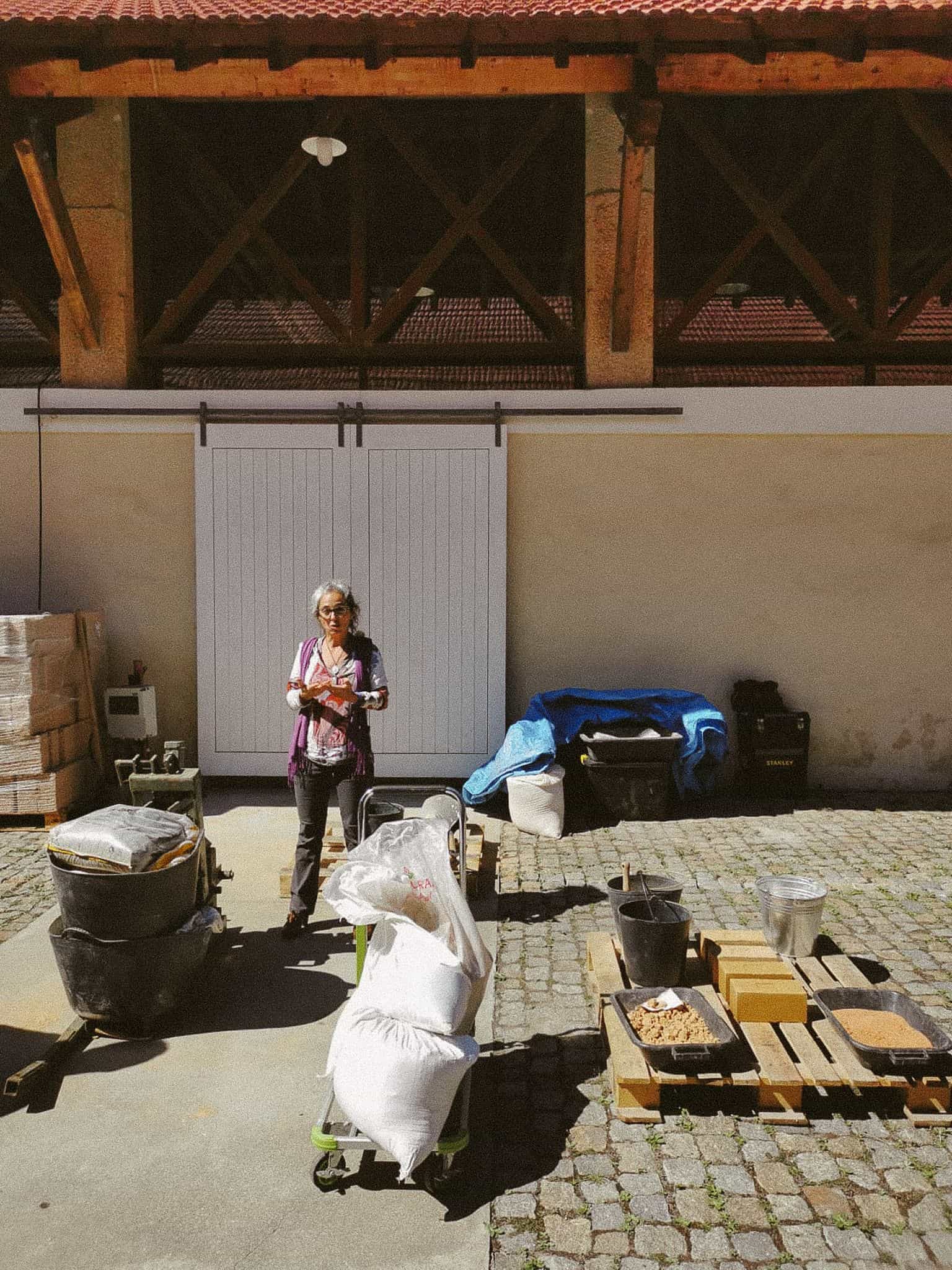
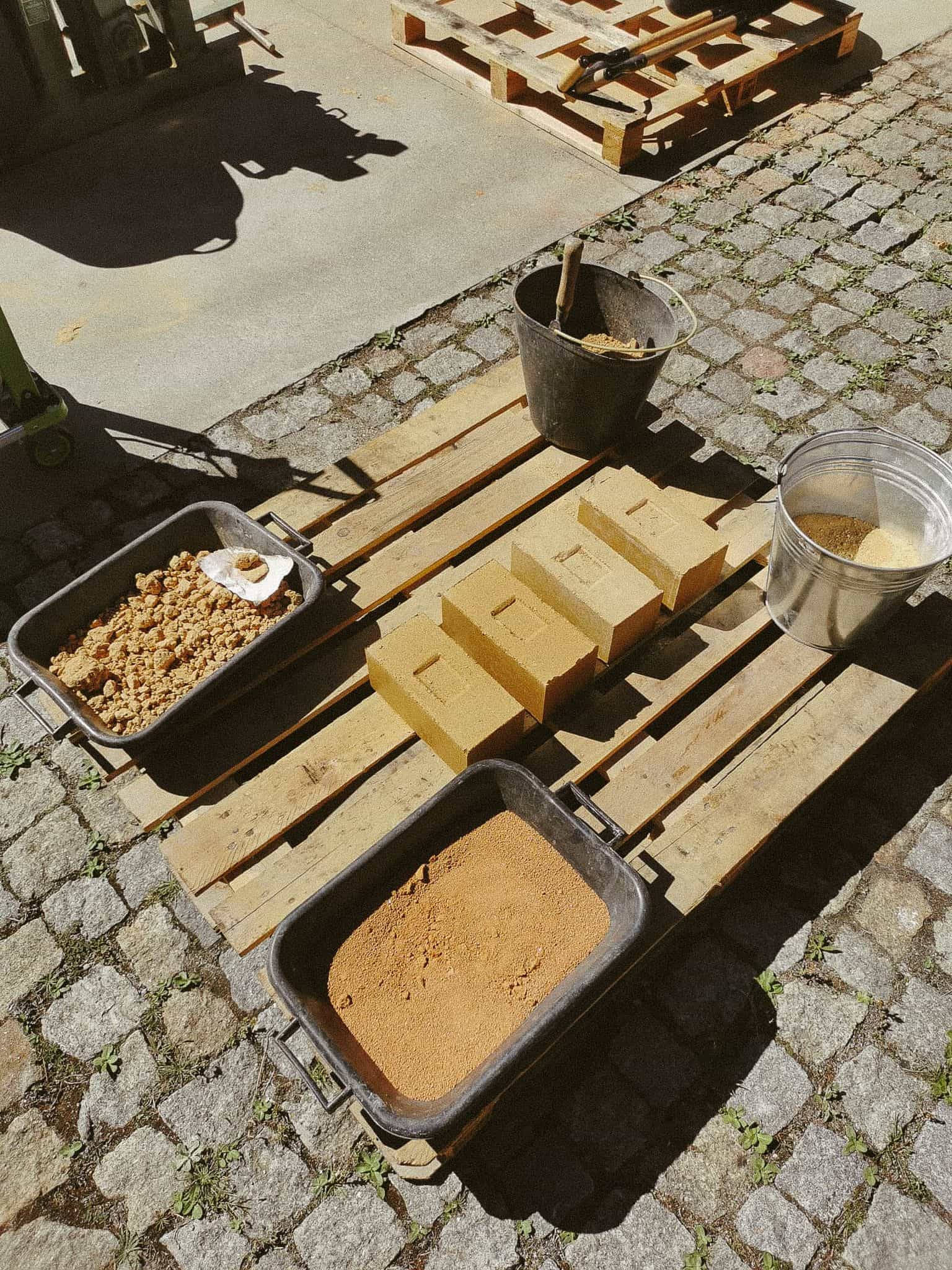
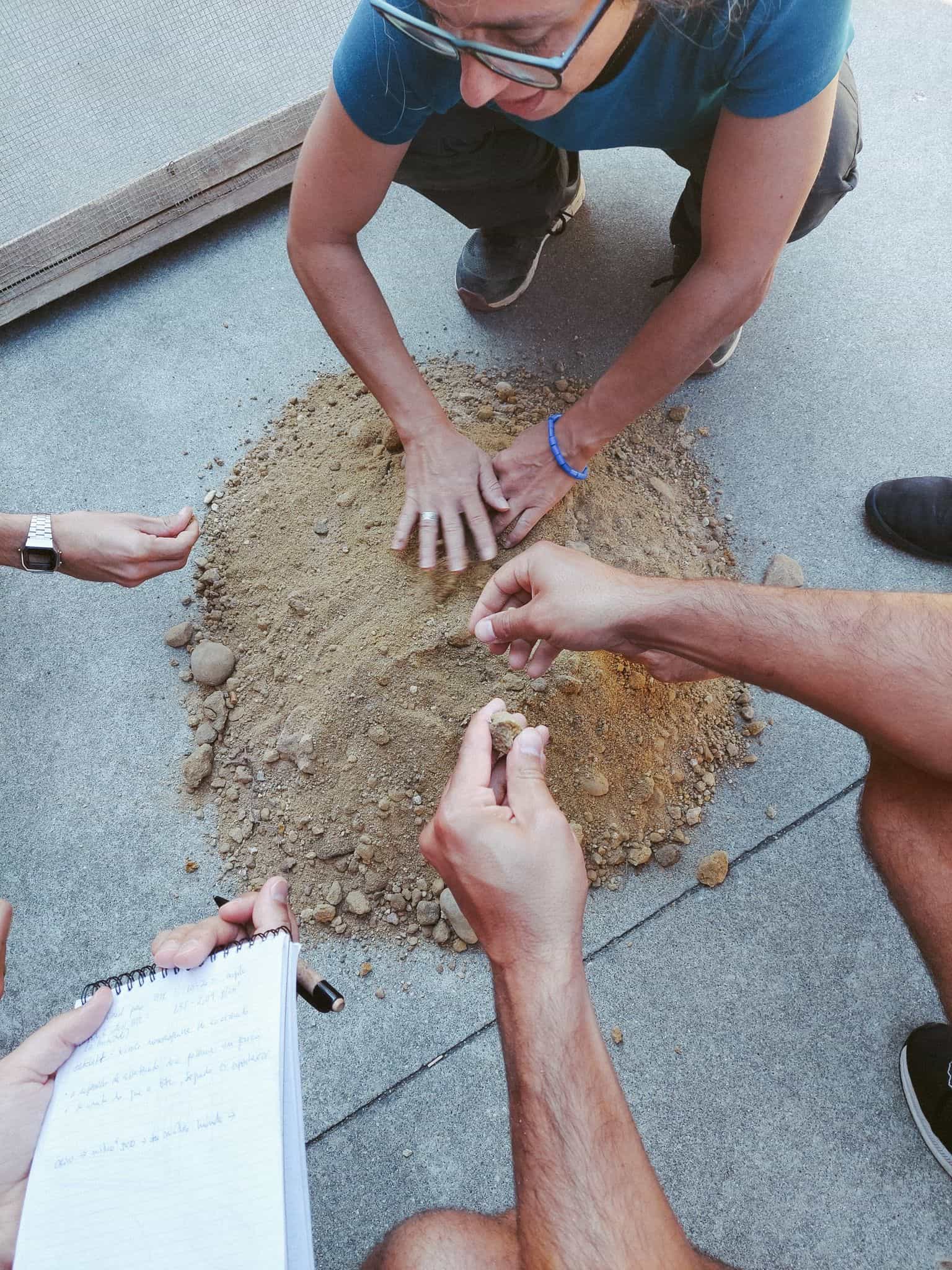
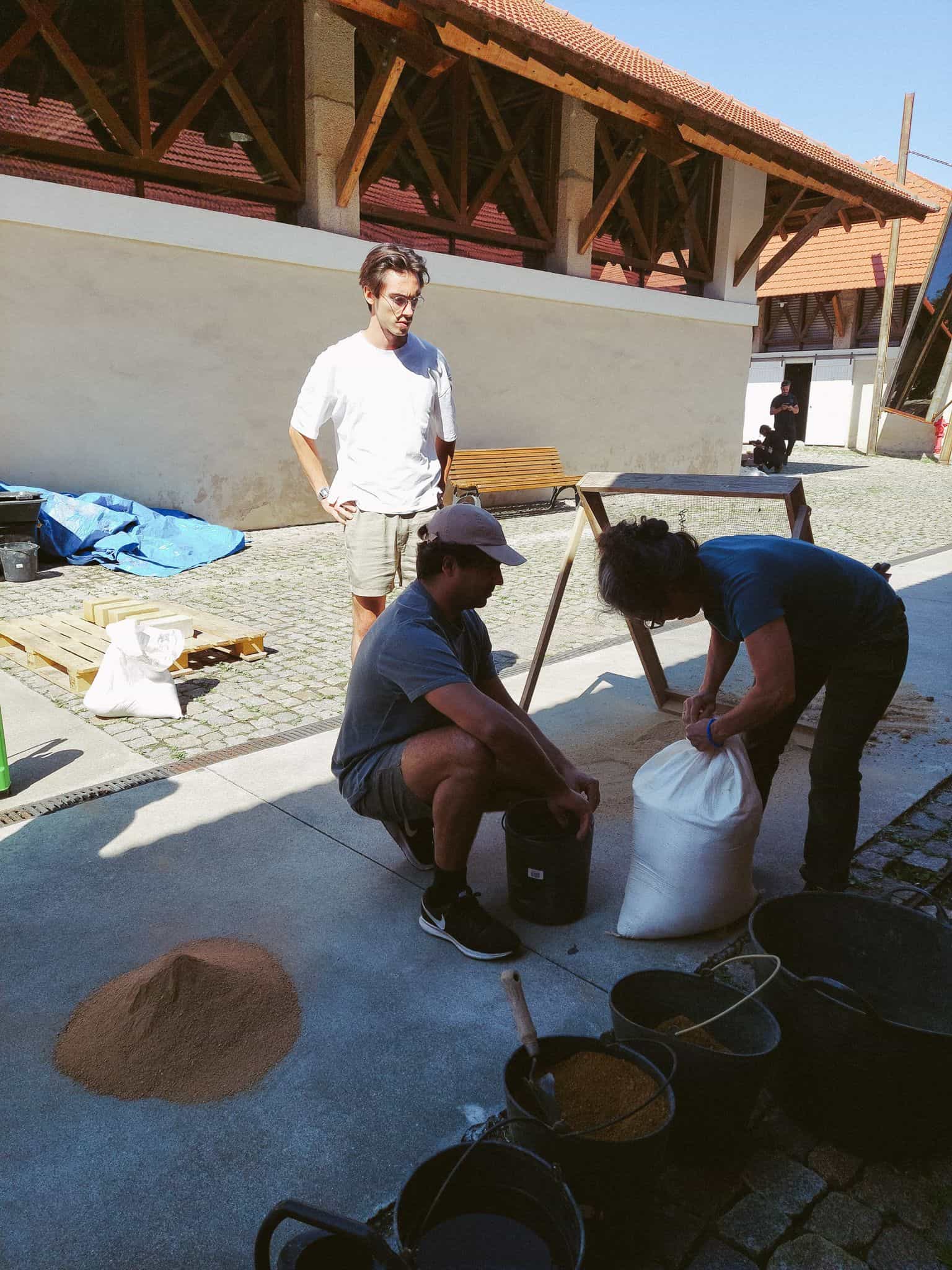

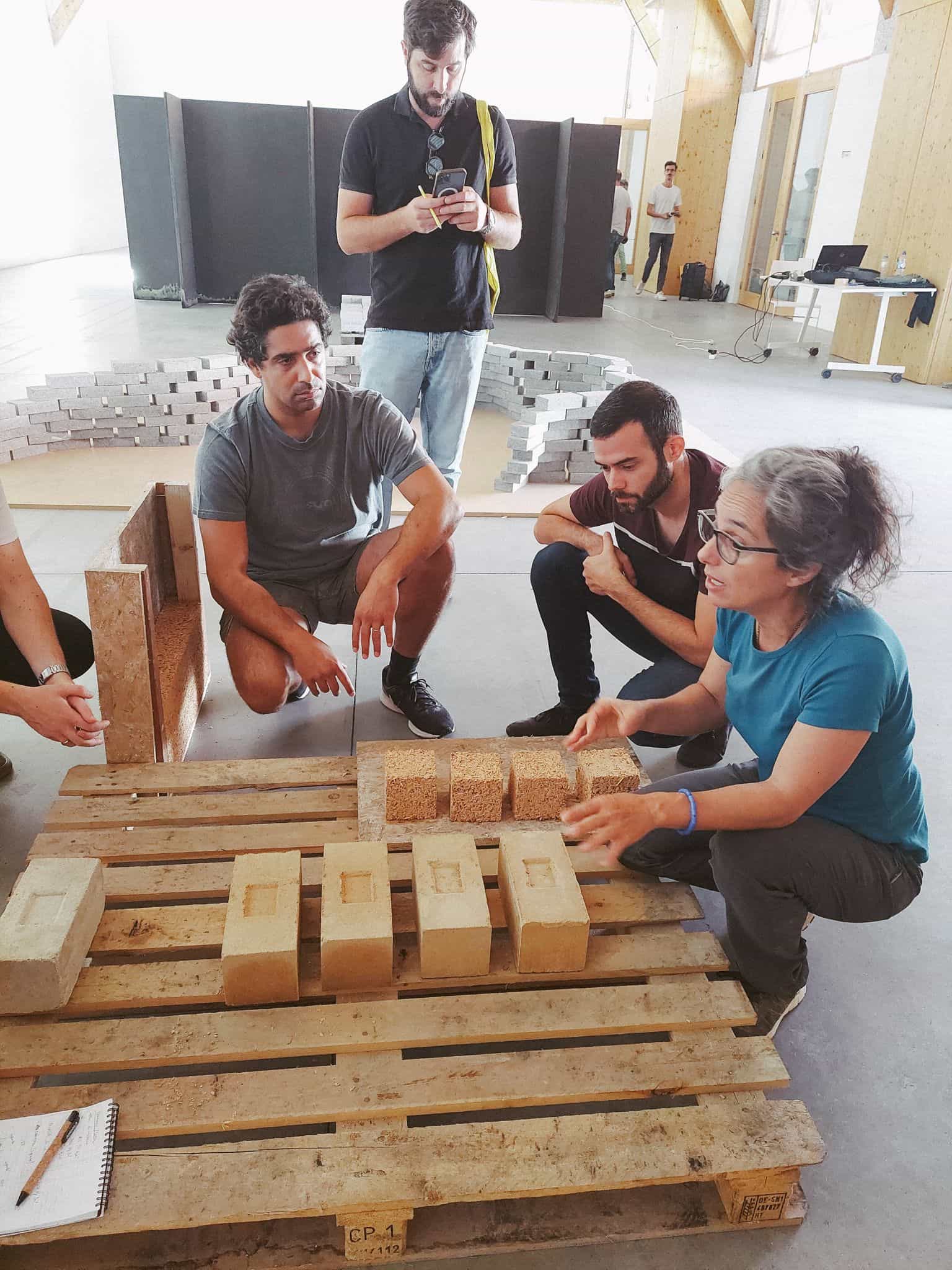
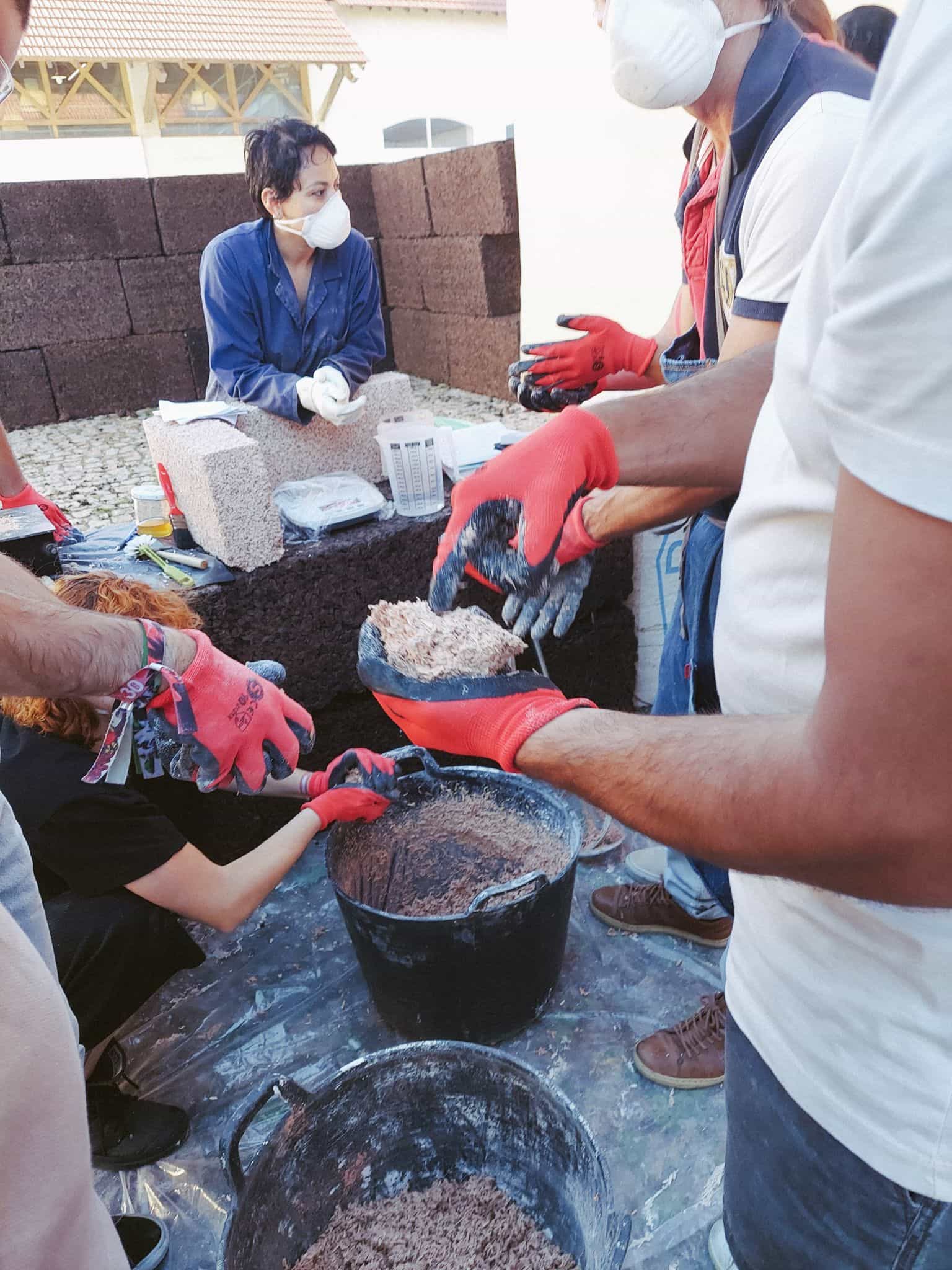
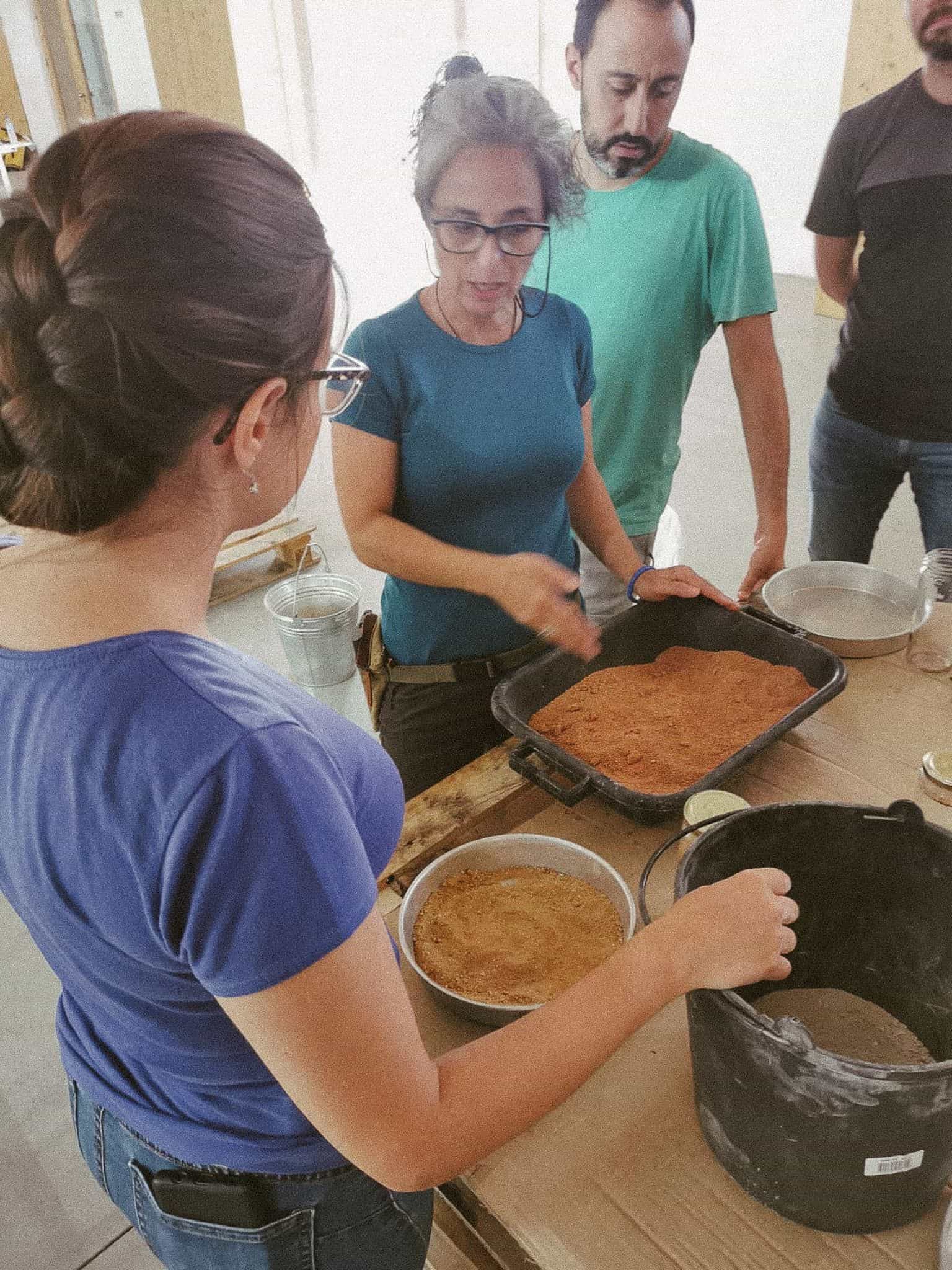

Digital Imperfections
Part 2: Interview with Ana Antunes
Ana Antunes, with over 11 years of experience in Earth Construction, brings a unique perspective to sustainable building practices.
1. Learning in India
Ana gained expertise in earth construction techniques during her time in India and imported a Compressed Earth Block (CEB) machine to Portugal.
2. Earth Requirements
- Collection depth of 0.50 to 0.60m below the surface
- No organic matter
- Ideal earth and clay balance (20%-10% clay)
3. Balancing the Mix
- Adjusting clay levels by adding compatible earth or sand
- Remedies for insufficient clay include adding clay-rich earth or alternative binding components like cement or lime
4. Porto Earth Lab Reports
- Porto Earth exhibited an 8% clay result, with slight adjustments needed.
- Exterior CEB blocks require 5% cement (up to 7-10% for sustainability).
- Suitable for load-bearing structures up to one floor.
5. CEB Production
- On-site production requires a covered space, dry weather, and storage for drying (3 days + 7 days).
- Six people in a chained work process, utilizing the CEB machine and other essential equipment.
6. Considerations
- Use CEB without cement for interiors in Portugal
- Apply linseed oil to prevent dust on floors
- Wait one year before plastering CEB walls
- For mortar, use the same earth as CEB blocks, with added cement for uncompressed applications

Introduction to Hempcrete
Hempcrete, a composite of lime and hemp, offers fireproof, thermal-resistant, mold-resistant, and pest-deterrent properties.
While hempcrete presents numerous advantages, it’s essential to understand that it also has limitations, such as lower compressive strength compared to traditional concrete. Nonetheless, its eco-friendly nature and multiple benefits make it a promising material for sustainable construction, promoting a greener and more environmentally responsible approach to building.
The integration of robotics in construction and sustainable earth techniques exemplified by Ana Antunes showcases the industry's commitment to advancing technology while embracing environmentally conscious practices. These innovations pave the way for a more sustainable and efficient future in architecture and construction.

André Sanches Pinto